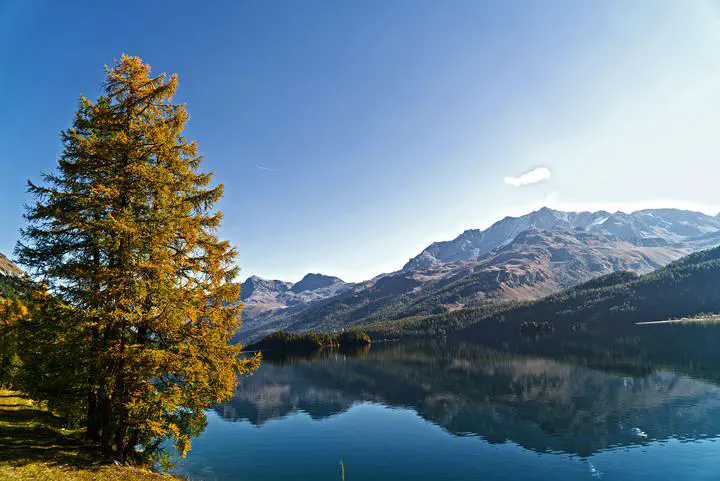First quantification of inland water heat uptake
 Photo by Jose De Queiroz on Unsplash
Photo by Jose De Queiroz on UnsplashHuman-induced emissions of greenhouse gases cause energy accumulation in the Earth system, of which the majority is trapped by oceans. The fraction of excess energy stored in lakes, reservoirs, and rivers was however unknown.
In this project, we provided the first quantification of the global human-induced heat storage in lakes, reservoirs and rivers by using an ensemble of global lake and hydrological models from the ISIMIP2b initiative.
This first-time assessment of inland water heat uptake is published in Geophysical Research Letters Vanderkelen et al., 2020.
The results were directly used in the Working Group I contribution to the 6th Assessment Report (AR6) of the Intergovernmental Panel on Climate Change IPCC; Chapter 1.
Within the international Global Heat Inventory effort, we further refined and updated the inland water heat estimates for a contribution to the continental heat storage overview Cuesta-Valero et al., 2023 and the global inventory of all Earth system components von Schuckmann et al., 2023.
Human-induced emissions of CO2 and other greenhouse gases cause energy accumulation in the Earth system. Oceans trap most of this excess energy, thereby largely buffering the warming of the atmosphere. However, the fraction of excess energy stored in lakes, reservoirs, and rivers is currently unknown, despite the high heat capacity of water.
In this project, we quantified this human-induced heat storage, and show that it amounts up to 3.6% of the energy stored on land, while covering 2.58% of the land surface. The increase in heat storage from 1900 to 2020 is dominated by warming of lakes. The thermal heat contained in the water stored in man-made reservoirs is about ten times larger.
This research, published in
Our study overall highlights the importance of inland waters–next to oceans, ice and land–for buffering atmospheric warming, especially on regional scale.